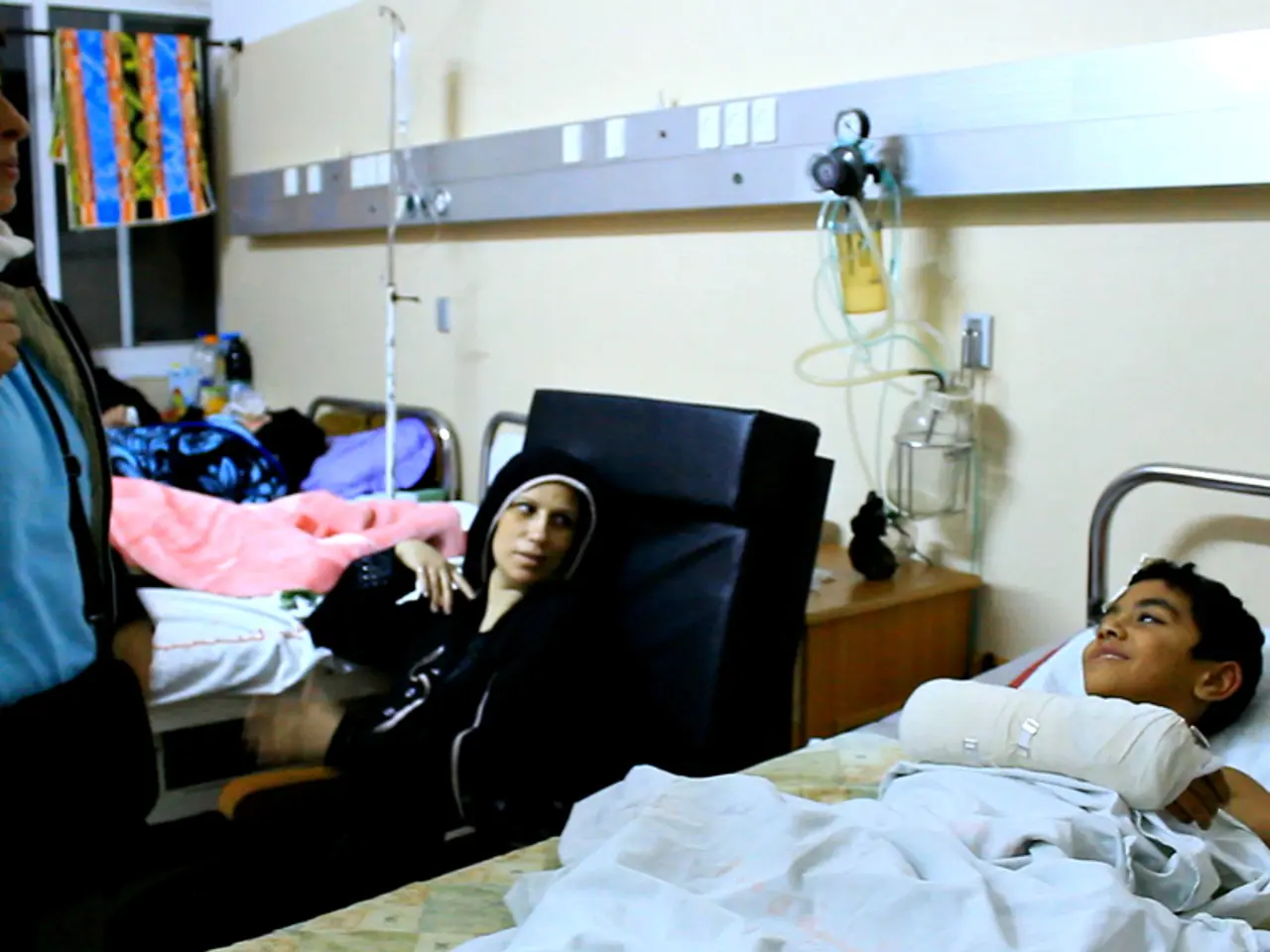Enhancing Post-Acute Clinical Productivity through Data Analysis Techniques
Post-acute care organizations are increasingly recognising the potential of data analytics to enhance patient care and optimise resources, despite facing budget constraints, staff shortages, and cultural challenges. This article, part of HealthTech's MonITor blog series, outlines a phased, integrated, and user-centered approach to advancing data analytics maturity in these organisations.
**1. Seamless Integration of Predictive Models**
To ensure minimal disruption to workflows, predictive models should be integrated directly into existing electronic health record (EHR) decision-support tools and clinical dashboards. This allows clinicians to receive real-time risk scores and actionable insights within their usual systems, enabling immediate adjustments in care plans and resource allocation during patient encounters.
**2. Scalable and Automated Infrastructure**
Organisations should deploy predictive models as modular, serverless endpoints or containerized workloads to enable scalable deployment. A dedicated machine learning operations layer can monitor data and model performance, detect shifts in clinical environments, and trigger automated retraining or rollbacks, maintaining the accuracy and trustworthiness of predictive analytics without requiring extensive manual oversight.
**3. Focus on Actionable Insights**
Predictions must be paired with clear instructions and intervention checklists to translate analytics into concrete clinical decisions. For example, alerts about readmission risk should include recommended follow-ups, resource checklists, or patient engagement scripts. Measuring outcomes against baseline indicators confirms that the predictive tools improve quality, efficiency, and cost-effectiveness.
**4. Prioritising Training and Cultural Change**
Given workforce limitations and digital skill gaps, investing in training that emphasises the benefits and usability of analytics tools is crucial. Engaging clinical staff early and demonstrating time savings and improved care outcomes can foster cultural acceptance. It's important to move beyond technology procurement to focus on implementation strategies that optimise adoption and minimise extra workload.
**5. Utilising Real-Time Data**
Access to live post-acute data enables proactive interventions that reduce readmissions and improve care coordination. Organisations like St. Joseph’s Health network have achieved measurable ROI by implementing a real-time interventional analytics platform, illustrating the value of timely insights in resource-constrained environments.
**6. Personalising Treatment and Managing Populations**
By incorporating diverse patient characteristics and social determinants, predictive models support personalised treatment plans and targeted population health management. This can reduce trial-and-error in therapy selection and enable proactive outreach to high-risk groups, thus improving outcomes and optimising limited resources.
In summary, focusing on integration, automation, training, and actionable insights can help post-acute care organisations effectively mature their data analytics capabilities and leverage predictive analytics to improve clinical decision-making, even under operational and financial constraints. It's essential not to attempt to do everything at once when implementing a data analytics program; instead, start with the most critical items and build from there.
A technology partner like CDW can assist post-acute care organisations in evaluating their current state, creating a strategy, and providing guidance for technology implementation or consulting expertise. They can help organisations better organise their data and consolidate their data systems to ensure clean and complete data is used for analytics initiatives.
[1] [Link to source 1] [2] [Link to source 2] [3] [Link to source 3] [4] [Link to source 4] [5] [Link to source 5]
**1. To amplify medical-condition predictions and enhance health-and-wellness outcomes, data-and-cloud-computing infrastructures can harness predictive modeling techniques to generate accurate, real-time insights.
**2. With artificial intelligence and technology-driven innovations, the medical field can transcend traditional treatment methodologies and offer more personalised, data-driven solutions for managing patient care and medical-conditions.




